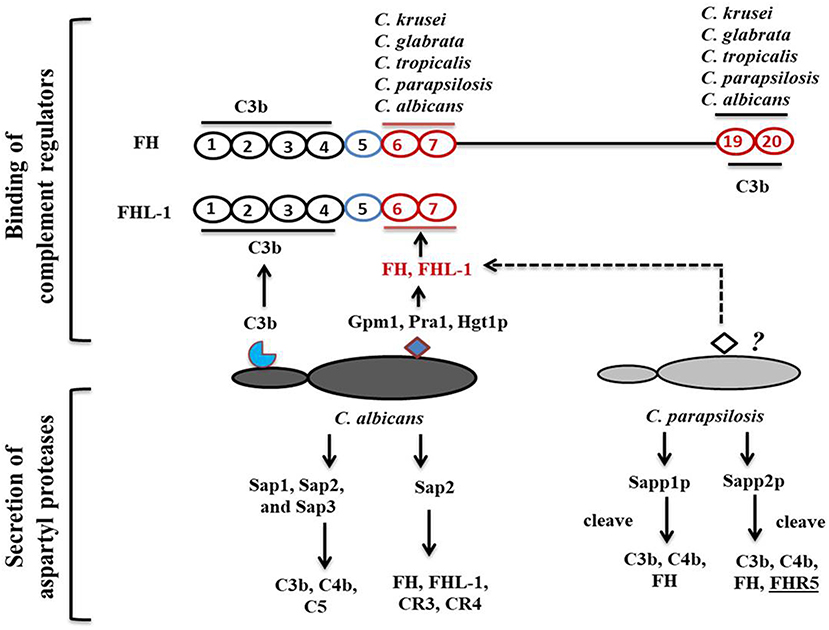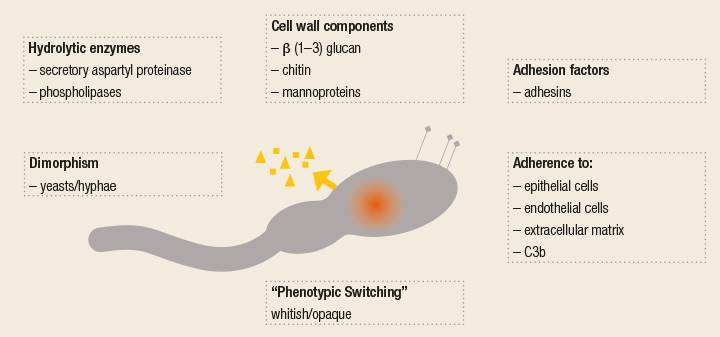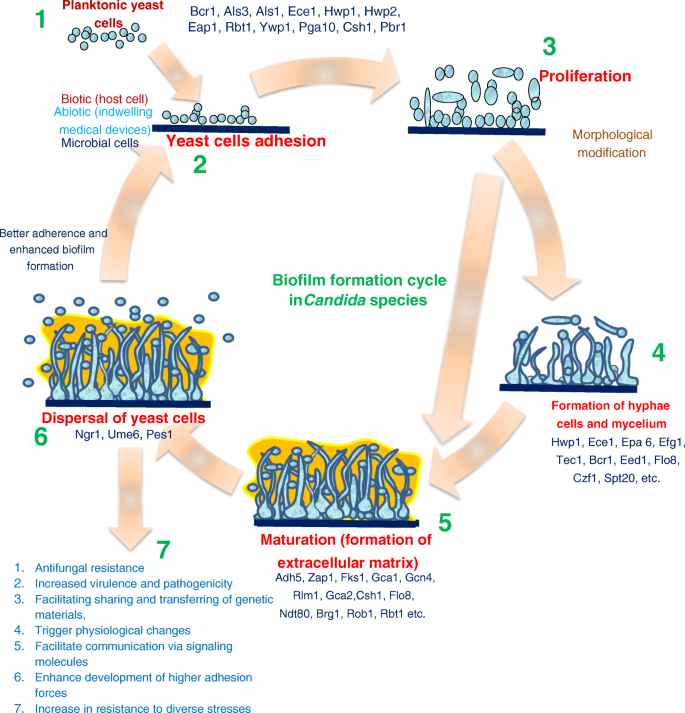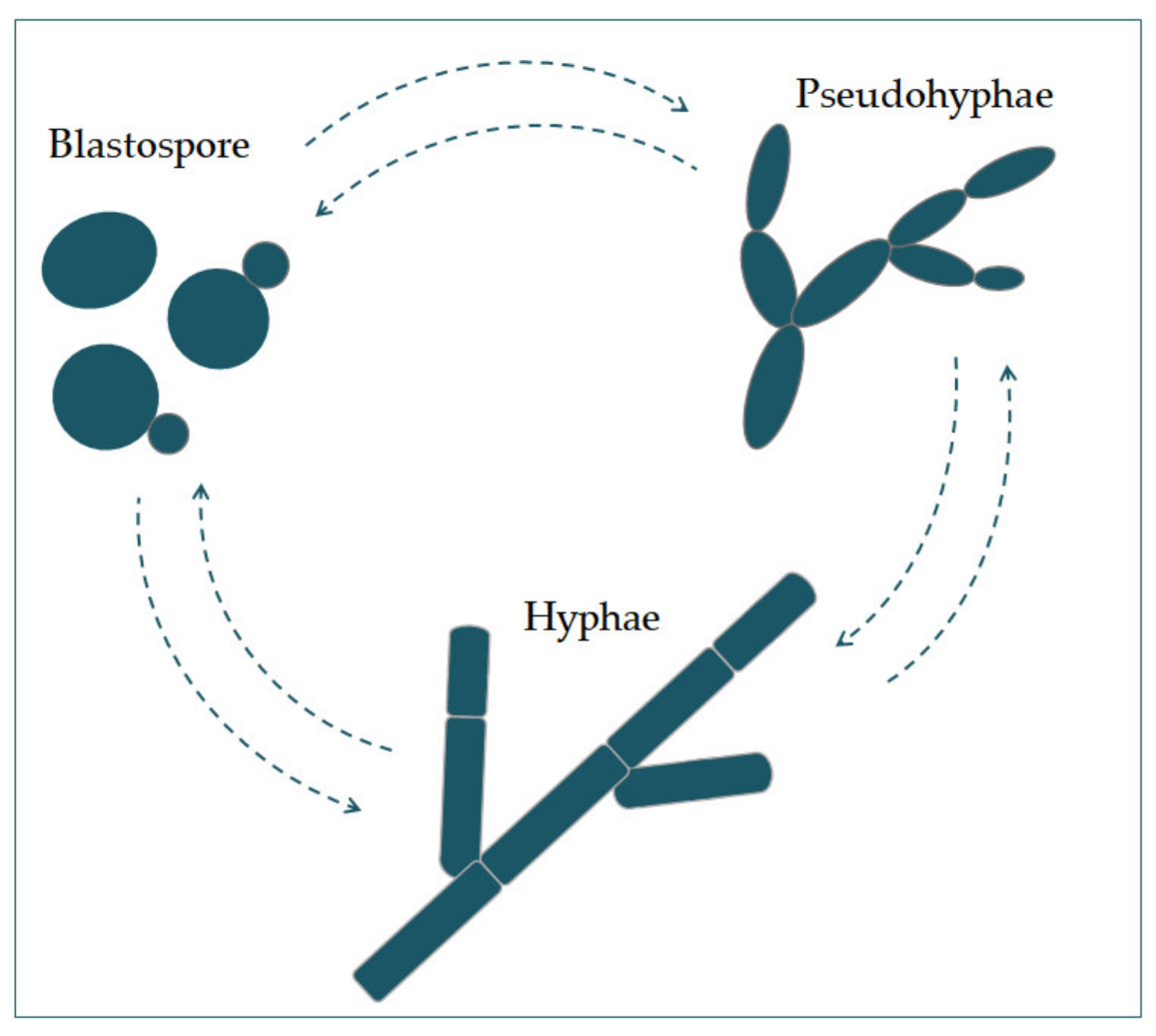
JoF | Free Full-Text | Candida albicans—The Virulence Factors and Clinical Manifestations of Infection

CRISPR-Cas9 Editing Induces Loss of Heterozygosity in the Pathogenic Yeast Candida parapsilosis | mSphere

Candida albicans - Biology, molecular characterization, pathogenicity, and advances in diagnosis and control – An update - ScienceDirect

CRISPR-Cas9 Editing Induces Loss of Heterozygosity in the Pathogenic Yeast Candida parapsilosis | mSphere

PDF) The Pathogenic Yeast Candida parapsilosis Forms Pseudohyphae through Different Signaling Pathways Depending on the Available Carbon Source

The Pathogenic Yeast Candida parapsilosis Forms Pseudohyphae through Different Signaling Pathways Depending on the Available Carbon Source | mSphere

The gut, the bad and the harmless: Candida albicans as a commensal and opportunistic pathogen in the intestine - ScienceDirect
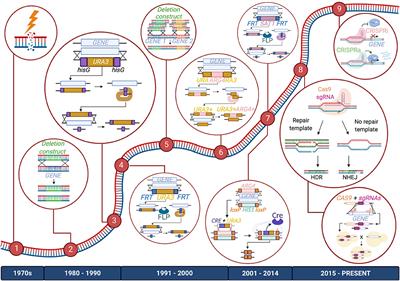
Frontiers | CRISPR-Based Genetic Manipulation of Candida Species: Historical Perspectives and Current Approaches

The Pathogenic Yeast Candida parapsilosis Forms Pseudohyphae through Different Signaling Pathways Depending on the Available Carbon Source | mSphere
Population genomics of the pathogenic yeast Candida tropicalis identifies hybrid isolates in environmental samples | PLOS Pathogens
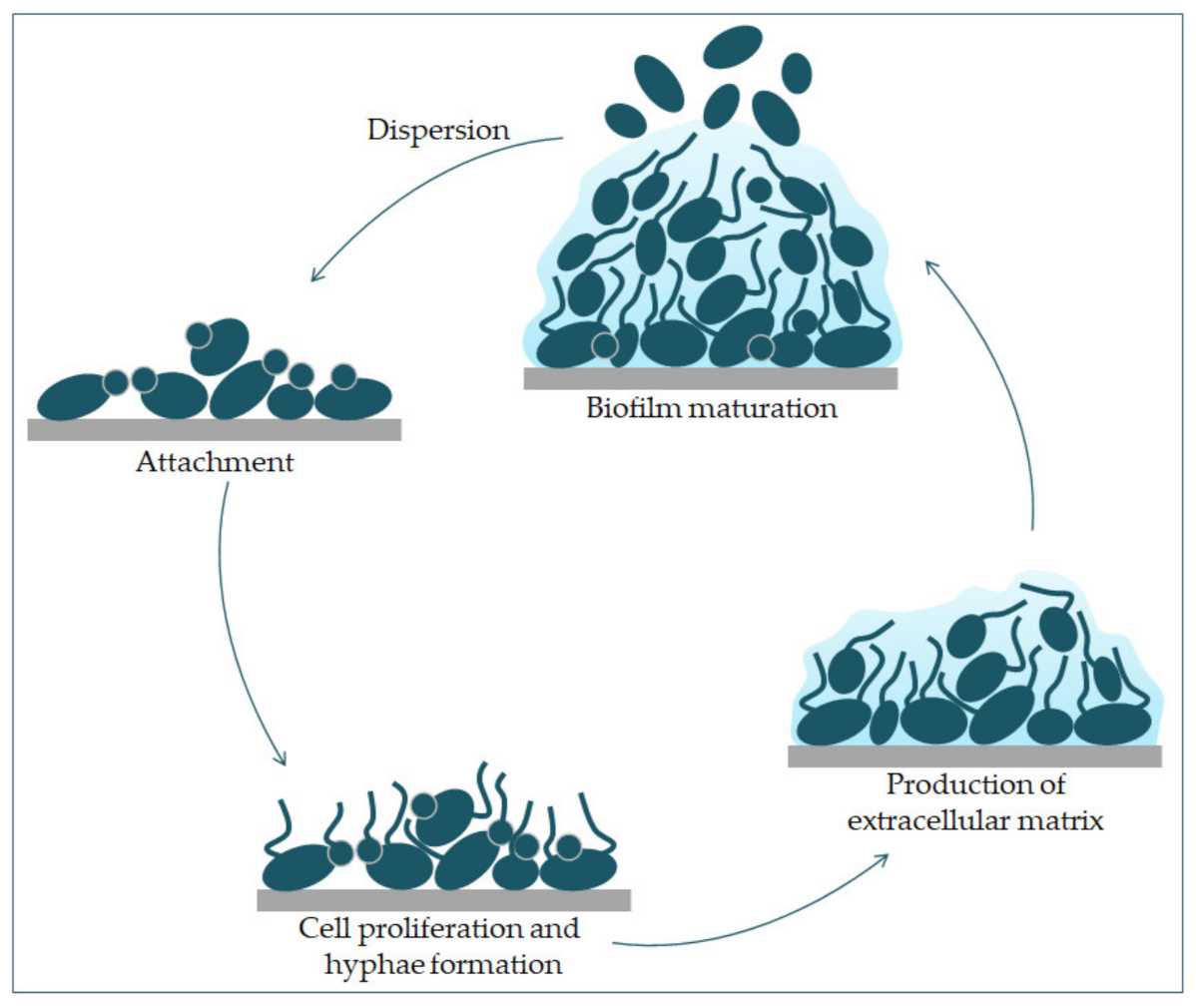
JoF | Free Full-Text | Candida albicans—The Virulence Factors and Clinical Manifestations of Infection

Candida albicans - Biology, molecular characterization, pathogenicity, and advances in diagnosis and control – An update - ScienceDirect

The Pathogenic Yeast Candida parapsilosis Forms Pseudohyphae through Different Signaling Pathways Depending on the Available Carbon Source | mSphere

